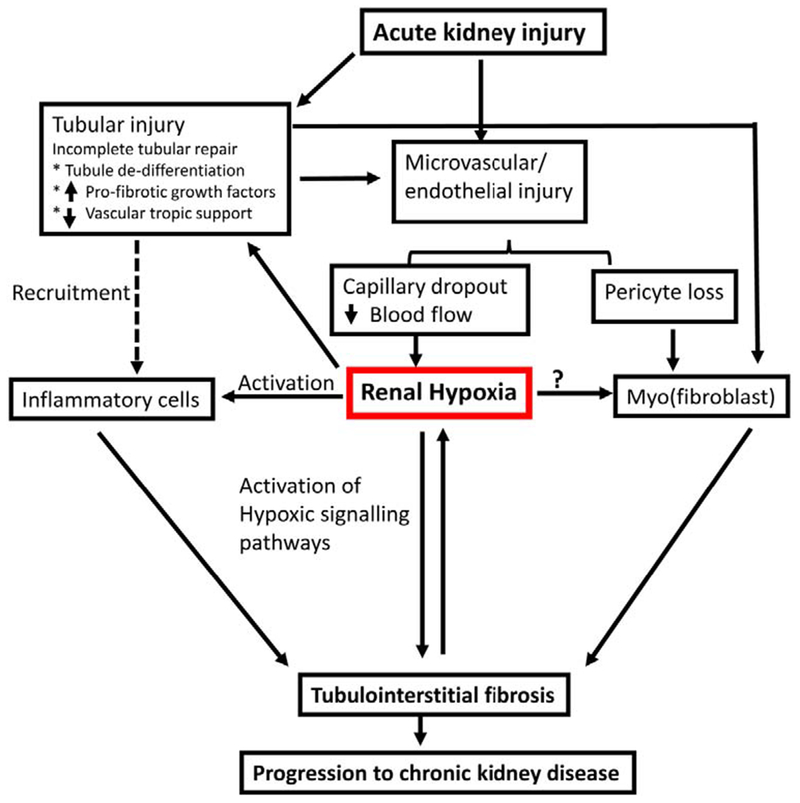Figure 1. Hypothesized role of renal hypoxia in the progression of acute kidney injury to chronic kidney disease.

Acute kidney injury is associated with damage to both tubular and vascular compartments. Tubular injury results in increased expression of profibrotic cytokines and growth factors and decreased expression of vascular factors such as VEGF in tubular cells may lead to renal microvascular loss. The reduction of peritubular capillaries restricts downstream blood flow from glomerular capillaries and contributes to the development of renal hypoxia, while also being associated with activation of pericytes toward a fibrogenic myofibroblast phenotype. Hypoxia influences pro-fibrotic and inflammatory activity of tubular and inflammatory cells. Myofibroblast profibrotic signaling is influenced by factors produced from hypoxic tubules or inflammatory cells or may be influenced directly by hypoxia (?). Progressive interstitial fibrosis exacerbates renal hypoxia by increasing oxygen diffusion distance between peritubular capillaries and parenchyma forming a pathological cycle promoting progressive chronic kidney disease.
